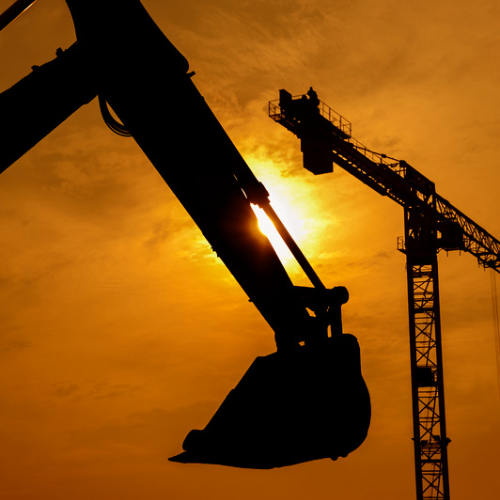
Heat stress is a serious issue for workers in the construction industry, particularly during the summer months. It occurs when the body’s internal temperature rises above a safe level, causing symptoms such as fatigue, dizziness, and nausea. If not properly managed, heat stress can lead to heat exhaustion or even heat stroke, which can be life-threatening.
Construction workers are particularly vulnerable to heat stress due to the physical demands of their job, which often involves heavy lifting and working outdoors in direct sunlight. In addition, the use of personal protective equipment such as hard hats and safety glasses can further increase body temperature and contribute to heat stress.
To prevent heat stress in the construction industry, it is essential that employers take steps to protect their workers. This includes providing adequate training on the signs and symptoms of heat stress, as well as providing access to shaded areas, cool water, and rest breaks.
Employers can also implement engineering controls to reduce heat exposure, such as providing cooling fans or air conditioning in enclosed workspaces. In addition, work schedules can be adjusted to avoid the hottest part of the day, and workers can be rotated to reduce individual exposure.
Finally, workers themselves can take steps to protect against heat stress, such as wearing lightweight, breathable clothing, drinking plenty of water, and taking frequent rest breaks in shaded areas.
In conclusion, heat stress is a serious issue in the construction industry, but it can be prevented with proper training and management. By taking steps to protect their workers and implementing engineering controls, employers can create a safe and healthy work environment, while workers themselves can take responsibility for their own well-being by following best practices for preventing heat stress.

